Warehouse Consultants
- Home
- Warehouse Consultants
CALL US
+44 (0)1926 430 883
E-MAIL US
[email protected]
Maximise your warehouse potential with our expert warehouse consultants and consultancy services.
A warehouse is a vital component of any business and its success, playing a crucial role in the storage and distribution of goods. But managing a warehouse effectively can be a complex and challenging task, and that’s where Warehouse Consultancy comes in. Our team of experienced Warehouse Consultants provides expert support and guidance to help businesses optimise their warehouse operations.
Typical warehouse projects we can help with include improving space utilisation, capacity and productivity in existing warehouses and providing optimal designs for new warehouses based on your business needs.

About SCCG
At The Supply Chain Consulting Group, we understand the importance of top-notch warehouse operations and the impact it can have on the success of a business. Our goal is to help businesses achieve their full potential by providing the support and guidance they need to transform their warehouse operations.
With our Warehouse Consultancy services, businesses can feel confident in their ability to manage their warehouse effectively and achieve their goals.
How we can help?
Our warehouse consultants have the right experience and skills to address all these matters, and to do that we have developed a range of services:
Following on from an initial operational review and high-level sizing exercise, we will undergo a warehouse technology evaluation, from which our warehouse consulting team will arrive at several options that may be suitable.
These might include more manual options such as multi-order trolley picking, semi-automated options such as conveyorized zone picking, flexible automated solutions based on autonomous mobile robots (AMRs) and fixed automation solutions such as automated storage and retrieval (AS/RS) systems. For each option, we will determine the type and quantity of equipment required, the capital equipment and one-off costs and develop a task-based resource model to support our assessment of operating costs.
Working closely with the client and our analytical team, our warehouse consultants will analyse business data such as product master files, order line data, receipts data and stock data for peak and average periods.
The output of this will be a material flow analysis – a “day in the life” of the warehouse operation, to which growth and other anticipated business changes are applied to reach a ‘planning base’. Using the planning base information, our warehouse consultants can estimate the required size of the warehouse, considering each area, e.g., reserve storage, picking, packing, inbound and outbound marshalling, etc.
Inventory modelling can be used to define the correct stocking policy for a large range of SKUs – for example, which SKUs should be stocked in local branches, and which should be held in one national centre.
Implementing the most efficient and relevant warehouse layout design can be profound as it can improve capacity and productivity and lead to significant financial benefits. SCCG’s warehouse consultants have the knowledge and understanding to provide a bespoke warehouse planning and design required to operate an efficient distribution centre.
From reviewing and determining your Warehouse Management System (WMS) specifications and process mapping to selection and implementation, our consultants can support you in all areas concerning Warehouse Management System.
For clients looking for help beyond the initial design stage, SCCG’s Warehouse Consultants offer ongoing support to ensure your warehousing operations are continuously running well.
Services include transition planning to minimise disruption, coordinating with stakeholders to deliver the programme on time and budget, setting up governance and support with tactical tasks such as defining racking location codes and supporting equipment procurement through structure specification and tender processes.
Where long-term/full-time programme management is required, we provide experienced programme managers from our professional network.
Examples of Clients We've Helped

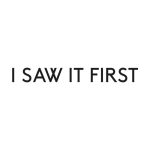


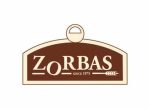


















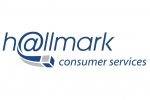





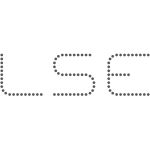
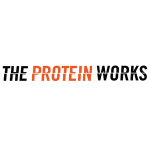


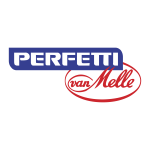



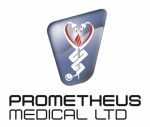




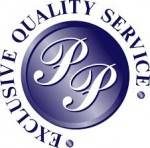

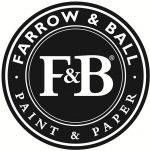





























































































Get in Touch
Call us on +44(0) 1926 430 883
Supply chain and Logistics Specialists highly experienced in all aspects of Supply Chain and Logistics Operations, Distribution Network Strategy, Warehousing Operations, e-commerce Logistics and Warehouse and Distribution Centre Design.
Supply Chain
Warehousing
Logistics
Office 26, Pure Offices
Plato Close
Tachbrook Park
Leamington Spa
CV34 6WE
The Future Works
2 Brunel Way
Slough
SL1 1FQ
The Supply Chain Consulting Group Limited
No1 Balloon Street
Manchester
M4 4BE
A supply chain and logistics specialist with knowledge of logistics network planning, warehouse design and material sourcing.
Registered in England and Wales. Company Registration No: 09751027.
Registered office at Innovation House, Molly Millars Close, Wokingham, England, RG41 2RX. UK.
